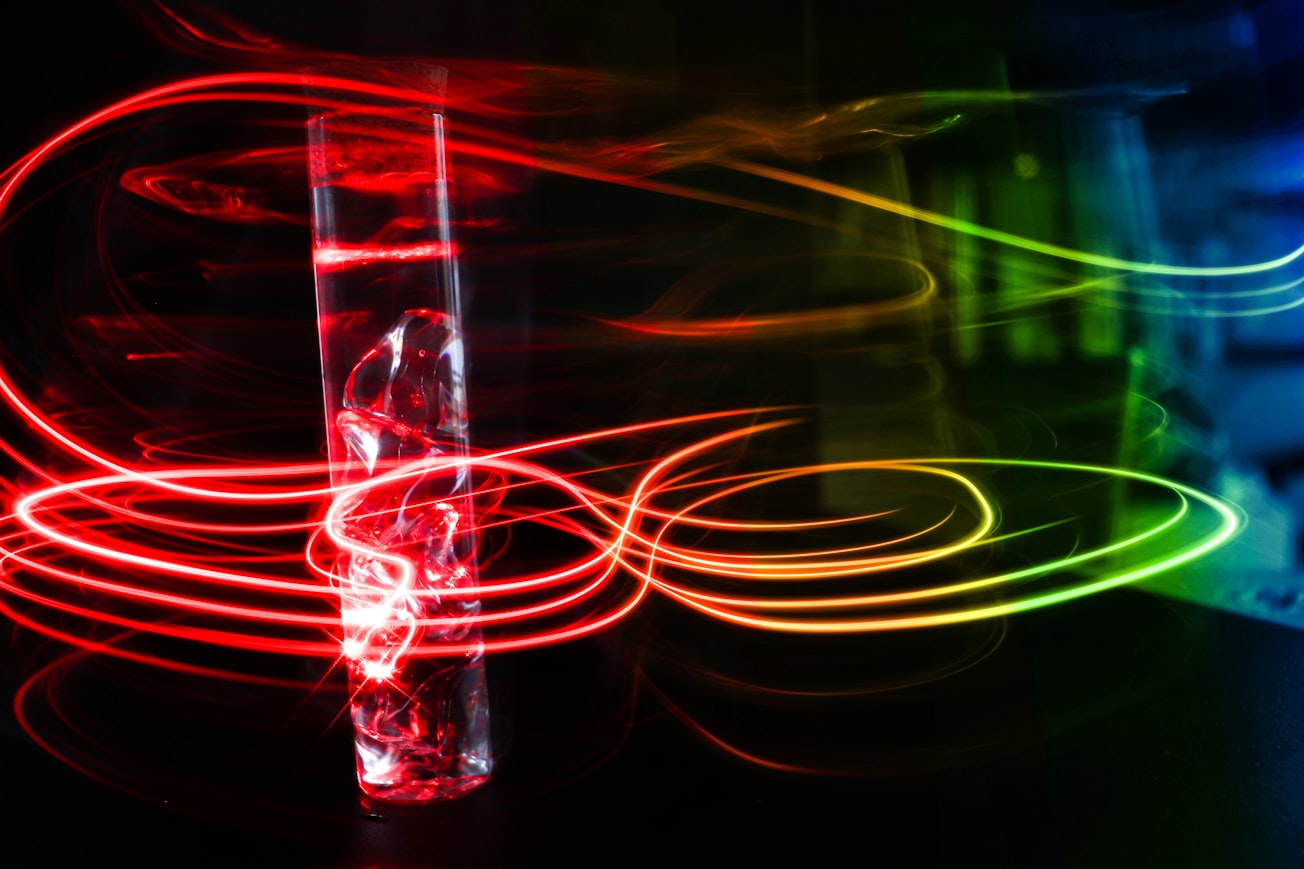What is it about?
Timing jitter is the variation in time of output pulses for a photon detector when a perfectly periodic pulsed source of photons is absorbed by it. By comparing the firing time of the source with the output time from the detector we get a histogram that tells us the variation in output pulse timing that comes from the detector. For superconducting nanowire single-photon detectors (SNSPDs) this can be very small (scale of picoseconds) but appears to get longer as photon wavelength increases (and hence energy decreases). In this paper we explore the relationship between photon energy and timing jitter and conclude that small jitter is still possible at mid-infrared wavelengths.
Featured Image

Photo by FLY:D on Unsplash
Why is it important?
This will aid in the design of mid-infrared SNSPDs for applications where timing jitter is important, eg LIDAR, quantum communications and remote sensing.
Perspectives
I believe this adds more experimental evidence that will aid in the completion of a timing jitter model that accounts for photon energy.
Gregor Taylor
Jet Propulsion Laboratory
Read the Original
This page is a summary of: Mid-infrared timing jitter of superconducting nanowire single-photon detectors, Applied Physics Letters, November 2022, American Institute of Physics,
DOI: 10.1063/5.0128129.
You can read the full text:
Contributors
The following have contributed to this page










